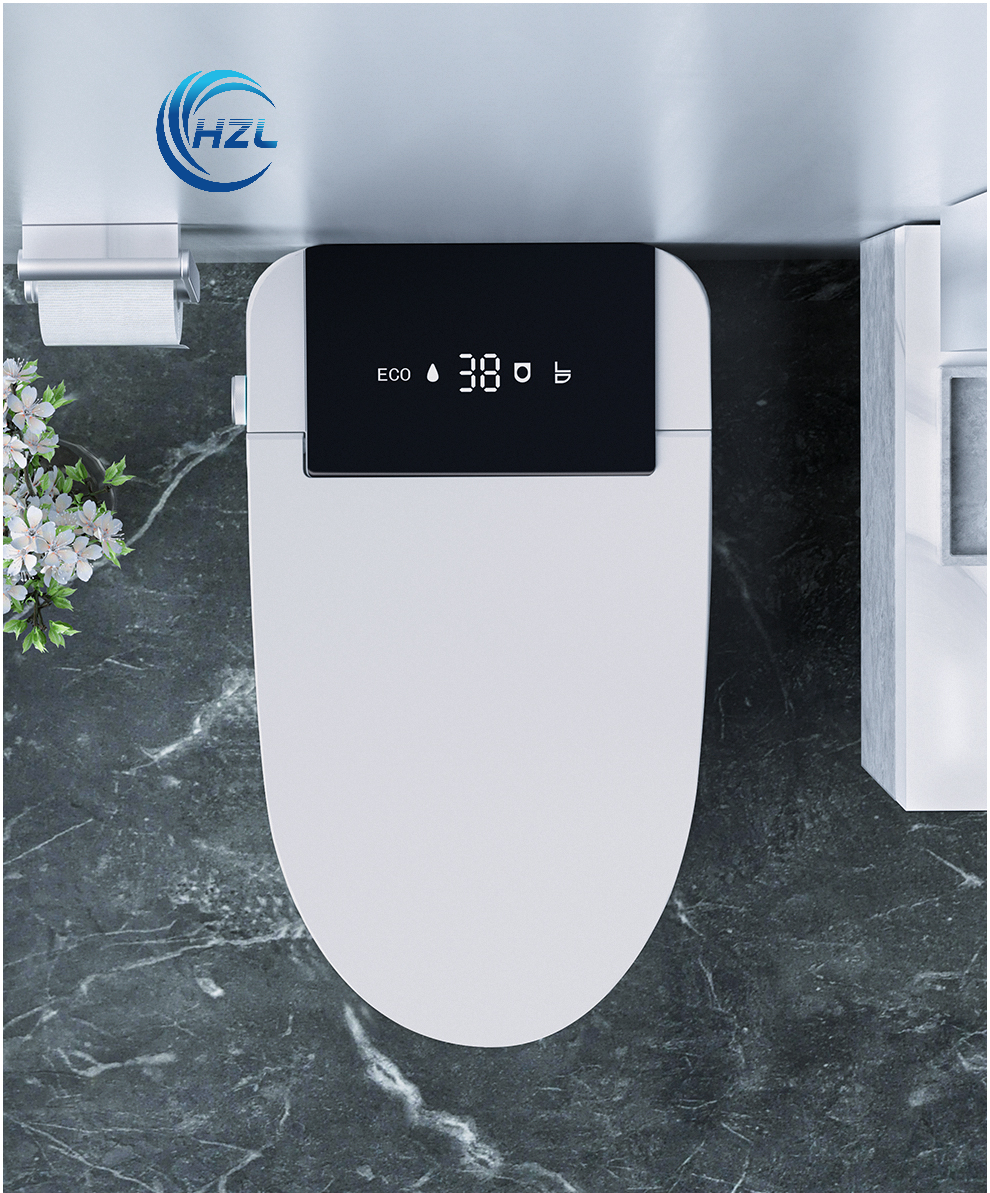
ABOUTstainlesssteel
Dongguan Haizhilan Intelligent Technology Co., Ltd. is a factory specializing in the production of smart toilets, stainless steel toilets, ceramic toilets and other bathroom accessories. It has a modern office environment and first-class production facilities. It has served more than 50 companies across the country for 12 years and has received unanimous praise. In order to better serve foreign customers, the Foreign Trade Department was established in 2024, and Haizhilan Intelligent Technology will undertake foreign trade business. We always adhere to the core values of "innovation, integrity, professionalism, and excellence" and are committed to providing customers with high-quality products and services.
Do You Know How Professional Stainless Steel Toilets Are Manufactured To Ensure Durability And Hygiene In Modern Facilities
Have you ever wondered how professional stainless steel toilets are manufactured to meet the high standards of durability and hygiene in modern facilities? These fixtures are a staple in hospitals, airports, and other high-traffic public spaces due to their resistance to corrosion, ease of cleaning, and long-lasting performance. But what goes into their production to ensure they meet these rigorous demands? This article delves into the intricate manufacturing process, materials, and design principles that make stainless steel toilets a reliable choice for modern facilities.
Material Selection: The Foundation of Durability
The first step in manufacturing professional stainless steel toilets is selecting the right grade of stainless steel. Typically, manufacturers use 304 or 316 stainless steel, both of which are known for their excellent corrosion resistance. Grade 316, often referred to as marine-grade stainless steel, is particularly suited for environments with high humidity or exposure to corrosive chemicals, such as coastal areas or industrial facilities.
The choice of material is critical because it directly impacts the toilet's longevity and hygiene. Stainless steel's non-porous surface prevents bacteria and mold from thriving, making it an ideal material for sanitary environments. Additionally, the steel's inherent strength ensures that the toilet can withstand heavy use without denting or cracking, a common issue with other materials like porcelain or plastic.
Precision Engineering and Fabrication
Once the appropriate stainless steel grade is selected, the fabrication process begins. This involves cutting, bending, and welding the steel sheets into the desired shape. Precision is key here, as any imperfections in the welding or shaping can compromise the toilet's structural integrity and hygiene. Advanced techniques like TIG (Tungsten Inert Gas) welding are often employed to ensure seamless joints that are both strong and easy to clean.
After the initial fabrication, the toilet undergoes a series of finishing processes. These include grinding and polishing the surfaces to remove any rough edges or weld marks. A smooth, polished surface not only enhances the toilet's aesthetic appeal but also makes it easier to clean and maintain. Some manufacturers also apply a passivation treatment to the steel, which further enhances its corrosion resistance by removing free iron particles from the surface.
Design Considerations for Hygiene and User Comfort
Design plays a crucial role in ensuring that stainless steel toilets are both hygienic and user-friendly. Modern designs often incorporate features like seamless construction to eliminate crevices where dirt and bacteria can accumulate. The shape and angle of the bowl are also carefully considered to facilitate efficient flushing and minimize water usage, which is essential for sustainability.
Another important aspect is the ergonomic design. Stainless steel toilets are often installed in public facilities, so they must accommodate a wide range of users. Features like adjustable height, grab bars, and anti-slip surfaces are commonly integrated into the design to enhance accessibility and safety. These considerations ensure that the toilets are not only durable and hygienic but also comfortable and convenient for all users.
Quality Control and Testing
Before stainless steel toilets leave the factory, they undergo rigorous quality control checks to ensure they meet industry standards. These tests include pressure testing to verify the integrity of the welds and seams, as well as inspections for surface finish and overall construction. Any defects are identified and rectified at this stage to prevent future issues.
In addition to physical testing, some manufacturers also conduct hygiene tests to evaluate the toilet's resistance to bacterial growth. These tests simulate real-world conditions to ensure that the toilets can maintain their hygienic properties over time. Only after passing all these checks are the toilets deemed ready for installation in modern facilities.
Environmental and Economic Benefits
Stainless steel toilets are not only durable and hygienic but also environmentally friendly. The material is 100% recyclable, reducing the environmental impact compared to other materials. Additionally, their long lifespan means fewer replacements, which translates to lower long-term costs for facility managers.
From an economic perspective, the initial investment in stainless steel toilets is often offset by their reduced maintenance and replacement costs. Their resistance to vandalism and wear makes them a cost-effective choice for high-traffic areas, ensuring that facilities can maintain high standards of hygiene and durability without frequent upgrades.
In conclusion, the manufacturing of professional stainless steel toilets involves a meticulous process that prioritizes material selection, precision engineering, thoughtful design, and rigorous testing. These steps ensure that the final product meets the highest standards of durability and hygiene, making stainless steel toilets an indispensable fixture in modern facilities.
SUBSCRIBE
INQUIRY


